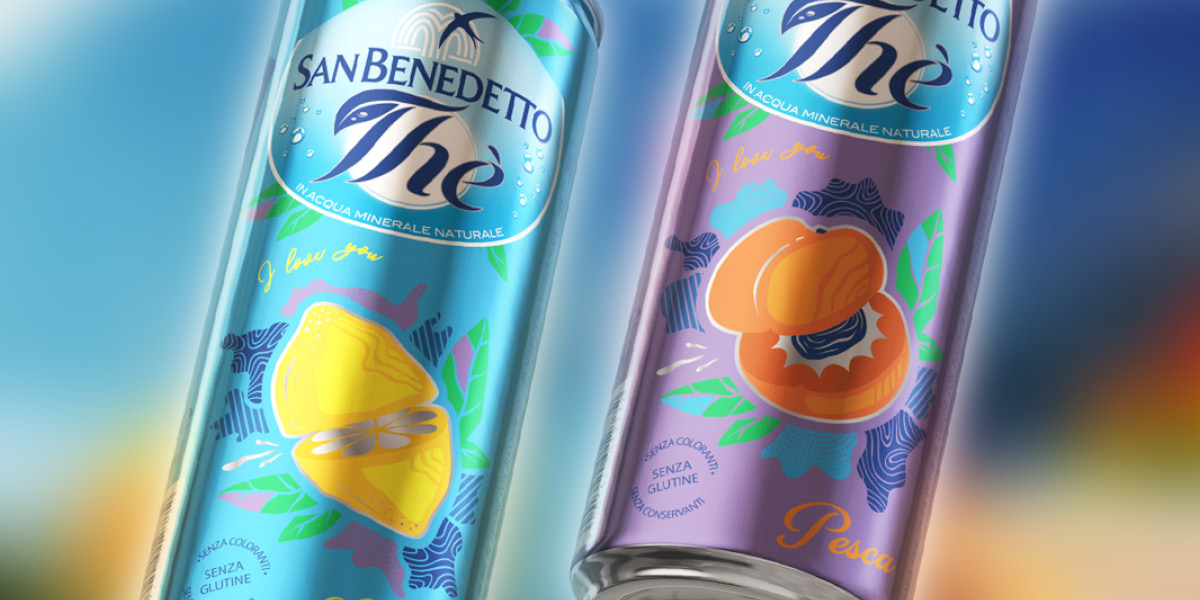-
How to become
Graphic Novelist
.jpg)
Who is a Graphic Novelist, what are his responsibilities, and how does one pursue a career in this field?
What is a Graphic Novelist?
The Graphic Novelist is an artist and storyteller who expresses through graphic novels, a medium blending visual and written narration into a unique and engaging format. Unlike traditional comic artists, whose works are often serial and published in short formats, the Graphic Novelist tends to focus on longer, complete stories, akin to a traditional novel. This professional role has gained increasing relevance in the contemporary cultural landscape, showcased by works that have proven graphic novels can address complex and mature themes with the same depth as traditional literary texts (examples like Art Spiegelman's "Maus" and Alan Moore's "Watchmen" have helped redefine the genre). The ability of a Graphic Novelist to visually weave complex stories, often tackling deep and sometimes controversial themes, makes this role unique in both the art and literary fields.
What does a Graphic Novelist do?
A Graphic Novelist is dedicated to crafting narratives that blend text and art, bringing to life characters and settings through detailed illustrations. His skill lies in balancing words and images to tell stories effectively and compellingly. The creative process includes developing a solid plot and designing layouts that guide the reader through each story phase. Each page is meticulously structured, with panels and sequences drawn to maximise emotional and narrative impact. This professional role also manages pacing through scene alternation and tension control, crucial for maintaining readers’ interest. Graphic Novelists often collaborate with publishers to refine their work, ensuring the final product is aesthetically pleasing and narratively coherent.
What skills do you need to be a Graphic Novelist?
The skills required of a Graphic Novelist extend beyond mere drawing ability. Crucially, this artist must have a profound understanding of storytelling, to construct compelling plots and meaningful dialogues, and of scriptwriting, which is essential for outlining the story structure and developing multidimensional characters. Proficiency in visual storytelling is crucial: a Graphic Novelist must effectively communicate through all the images they produce, carefully choosing angles, frames, and compositions to strengthen the impact of their narrative. A good grasp of colourimetry and colour theory allows him to evoke the right atmosphere and influence the reader's emotions. At the same time, familiarity with digital graphic software like Adobe Photoshop or Illustrator facilitates the creation and publishing process. A Graphic Novelist should also boast a solid understanding of the publishing sector and its dynamics, including marketing and distribution strategies.
How to become a Graphic Novelist?
To become a Graphic Novelist, it's crucial to nurture creativity with every possible source of inspiration, exercising the imagination, learn to express it freely, and adapting it to various and constantly evolving narrative contexts. Boundless curiosity, observing the surrounding world, asking questions, and finding original answers to new and diverse challenges are necessary. Developing a unique communication ability, empathising with contexts and characters of every kind, capturing details and nuances others don't see and turning them into compelling stories is key. This growth and learning process can be effectively supported by a targeted educational path, including an in-depth focus on contemporary visual communication and a solid methodology for creating graphic novels. Courses like those offered by NABA in the area of Communication and Graphic Design ensure the development of the technical and theoretical skills needed to excel in this field.

